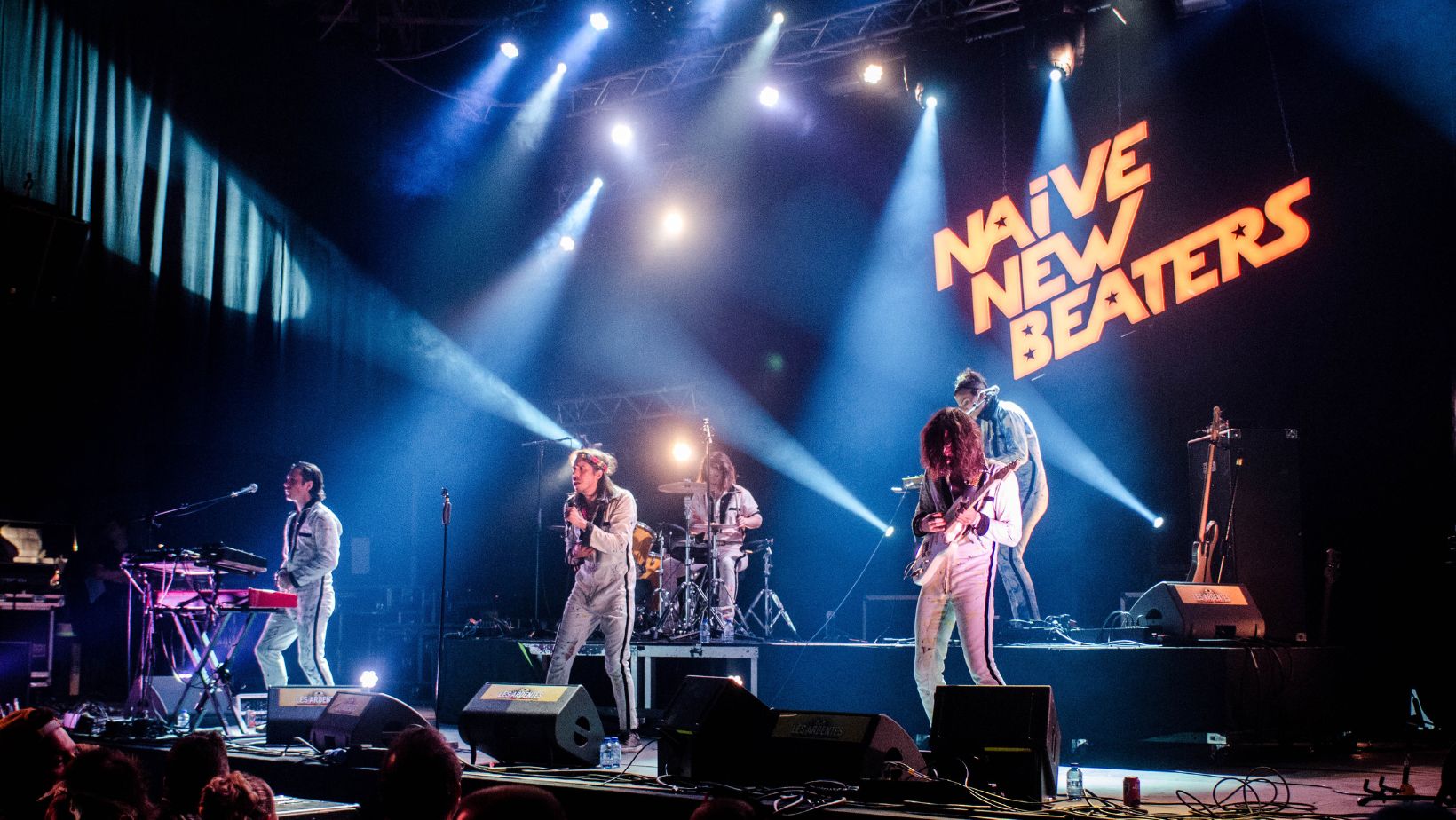
In today’s fast-paced world, popular entertainment serves as a vital escape and a mirror to society’s ever-evolving tastes. From blockbuster movies and binge-worthy TV shows to viral TikTok dances and immersive video games, the landscape of entertainment is as diverse as it is dynamic. It captivates audiences worldwide, offering not only a source of amusement but also a way to connect with others and explore new cultural dimensions.
Popular Entertainment
Popular entertainment continues to evolve, providing a variety of experiences that cater to diverse audiences worldwide. As technology advances, accessibility to entertainment broadens, enabling more personalized and immersive experiences.
Music and Podcasts
 Music and podcasts stand as pivotal elements of contemporary entertainment, offering both universality and niche appeal. Music genres, from pop to indie folk, connect listeners across the globe, while podcasts delve into topics like true crime, history, or wellness, attracting dedicated followers. Artists and podcasters have leveraged platforms like Spotify and Apple Music to reach audiences far beyond traditional geographic boundaries. This democratization of content has not only diversified what’s available but also how it’s consumed—often through subscriptions or on a per-episode basis.
Music and podcasts stand as pivotal elements of contemporary entertainment, offering both universality and niche appeal. Music genres, from pop to indie folk, connect listeners across the globe, while podcasts delve into topics like true crime, history, or wellness, attracting dedicated followers. Artists and podcasters have leveraged platforms like Spotify and Apple Music to reach audiences far beyond traditional geographic boundaries. This democratization of content has not only diversified what’s available but also how it’s consumed—often through subscriptions or on a per-episode basis.
Streaming Services and Television
Streaming services have radically altered television consumption patterns. Platforms like Netflix, Hulu, and Amazon Prime Video offer extensive libraries of movies, series, and exclusive content that viewers can access on demand. This convenience allows users to binge-watch their favorite shows or discover new ones at their own pace. As streaming services expand globally, they continuously adapt by offering content that appeals to a variety of cultural preferences and languages, thereby integrating local productions that resonate on an international scale. This adaptation enhances the viewer’s choice and flexibility, making streaming services a dominant force in the entertainment industry.
Impact of Technology on Entertainment
Technology has dramatically reshaped the entertainment landscape, enhancing how content is created, distributed, and experienced.
Advances in Streaming Quality
 Streaming services have undergone vast improvements in quality, delivering high-resolution audio and video to consumers worldwide. Enhanced streaming quality, facilitated by better compression algorithms and faster internet speeds, enriches the viewer’s experience. Services like Netflix, Amazon Prime Video, and Disney+ have adopted 4K and HDR streaming standards that bring cinema-quality visuals to personal devices. The introduction of adaptive bitrate streaming technology improves the viewing experience by adjusting video quality in real-time based on the user’s internet speed, ensuring smooth playback without buffering.
Streaming services have undergone vast improvements in quality, delivering high-resolution audio and video to consumers worldwide. Enhanced streaming quality, facilitated by better compression algorithms and faster internet speeds, enriches the viewer’s experience. Services like Netflix, Amazon Prime Video, and Disney+ have adopted 4K and HDR streaming standards that bring cinema-quality visuals to personal devices. The introduction of adaptive bitrate streaming technology improves the viewing experience by adjusting video quality in real-time based on the user’s internet speed, ensuring smooth playback without buffering.
Streaming platforms also invest in proprietary technologies to optimize data delivery and minimize latency. These technologies enhance the accessibility of high-definition content even in regions with lower bandwidth capabilities, making premium content universally accessible.
Virtual Reality and Augmented Reality Experiences
Virtual Reality (VR) and Augmented Reality (AR) are transforming entertainment, offering immersive experiences that were previously unimaginable. VR platforms like Oculus Rift and Sony PlayStation VR transport users into three-dimensional environments, allowing them to interact with the digital world in a seemingly tangible way. This technology is particularly prevalent in gaming and interactive documentaries, where users can experience scenarios that replicate real-world activities or fantastical landscapes.
Popular Entertainment in Social Media
 Social media platforms act as pivotal stages for popular entertainment, connecting content directly to global audiences. Various platforms, including Instagram, Twitter, TikTok, and YouTube, dominate the landscape by featuring a mix of traditional media stars and new digital influencers. They facilitate a unique blend of user-generated and professionally produced content.
Social media platforms act as pivotal stages for popular entertainment, connecting content directly to global audiences. Various platforms, including Instagram, Twitter, TikTok, and YouTube, dominate the landscape by featuring a mix of traditional media stars and new digital influencers. They facilitate a unique blend of user-generated and professionally produced content.
Influencers and digital creators leverage these platforms not only to share content but also to interact dynamically with followers. TikTok, for instance, owes much of its popularity to viral dances and challenges originated by users themselves. These trends often magnify the reach of content including music and movies, further integrating media into everyday social interactions.
Twitter serves as a key platform for real-time engagement, enabling fans and creators to discuss TV shows, concerts, and movie releases as they happen. This instant connectivity helps build communities around specific interests, enhancing the influence of entertainment media.
Additionally, YouTube provides an extensive library of video content ranging from independent short films to professionally produced series. It serves as a crucial outlet for filmmakers and entertainers who wish to reach a broader audience without the need for traditional distribution channels.
